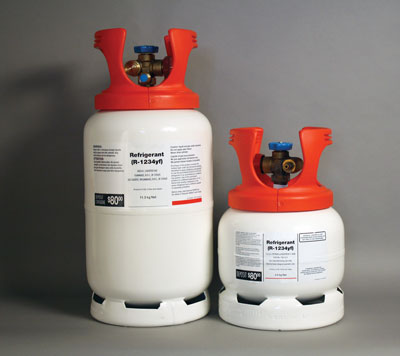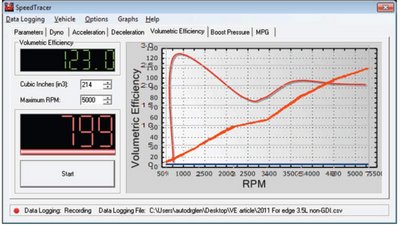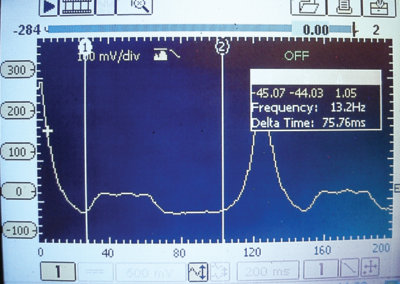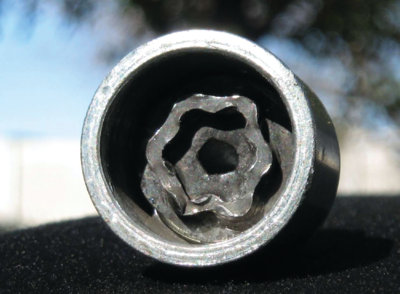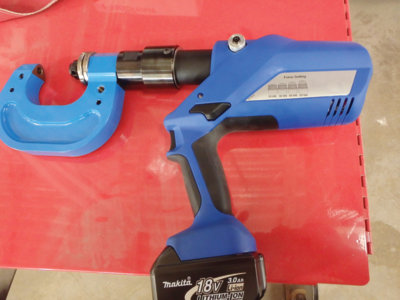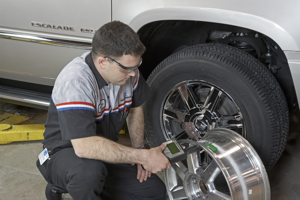 Streamlight recently announced it has introduced enhanced versions of its popular Stinger LED and Stinger DS LED rechargeable flashlights, providing auto repair professionals with extraordinary brightness and durability with new power C4 LED technology.
Streamlight recently announced it has introduced enhanced versions of its popular Stinger LED and Stinger DS LED rechargeable flashlights, providing auto repair professionals with extraordinary brightness and durability with new power C4 LED technology.
Boasting up to 18,000 candela (peak beam intensity) and 140 lumens measured system output, the new lights nearly double the brightness of the earlier models with the next advance in LED technology. In addition, Streamlight’s proprietary deep-dish parabolic reflector provides a long-range targeting beam with optimum peripheral illumination to aid in navigation.
“Streamlight’s new Stinger LED and Stinger DS LED take these popular and versatile lights to an even higher level with extraordinary light output and durability, which are ideal for close-up work when making repairs under the hood or vehicle undercarriage,” said Streamlight Chief Operating Officer Ray Sharrah. “The combination of rechargeable batteries and the next-generation C4 LED technology also results in one of the lowest operating costs of any flashlight made today.”
Virtually indestructible, both the Stinger LED and Stinger DS LED are constructed of machined 6000-series aircraft aluminum and non-slip rubberized comfort grip with anti-roll rubber ring. Both provide high brightness for up to 1.75 hours of continuous runtime, up to 3.5 hours continuous hours at medium brightness and up to 6.75 continuous hours at low brightness. The strobe feature operates for up to 5.50 continuous hours.
The Stinger LED offers a multi-function head-mounted push-button switch designed for extremely long life, while the Stinger DS LED, featuring innovative Dual-Switch technology, provides a second multi-function push-button tactical tail switch.
Both lights are powered by Nickel-cadmium sub C batteries, which are rechargeable up to 1,000 times. A steady charger fully charges in 10 hours, while a fast charger or PiggyBack models fully charge in 2-1/2 hours. Both lights work with existing Stinger chargers.
The Stinger LED model weighs 12.4 ounces and measures 8.41 inches in length, while the Stinger DS LED weighs 12.8 ounces and measures 8.85 inches. Both are backed by Streamlight’s limited lifetime warranty. The suggested retail price for the Stinger LED is $187.95; the Stinger DS LED suggested retail price is $202.95.
For more information, visit www.streamlight.com, or call (800) 523-7488.


